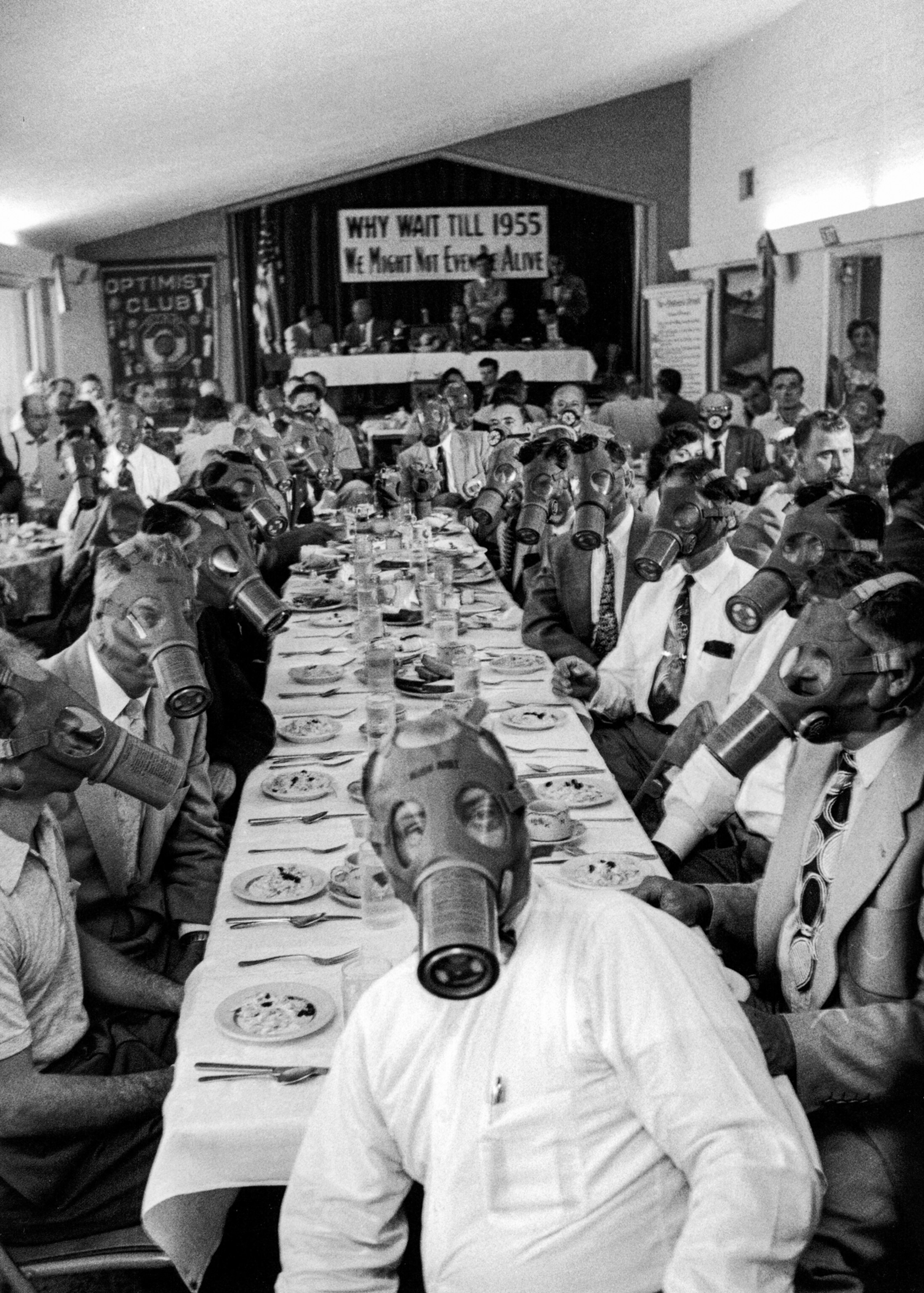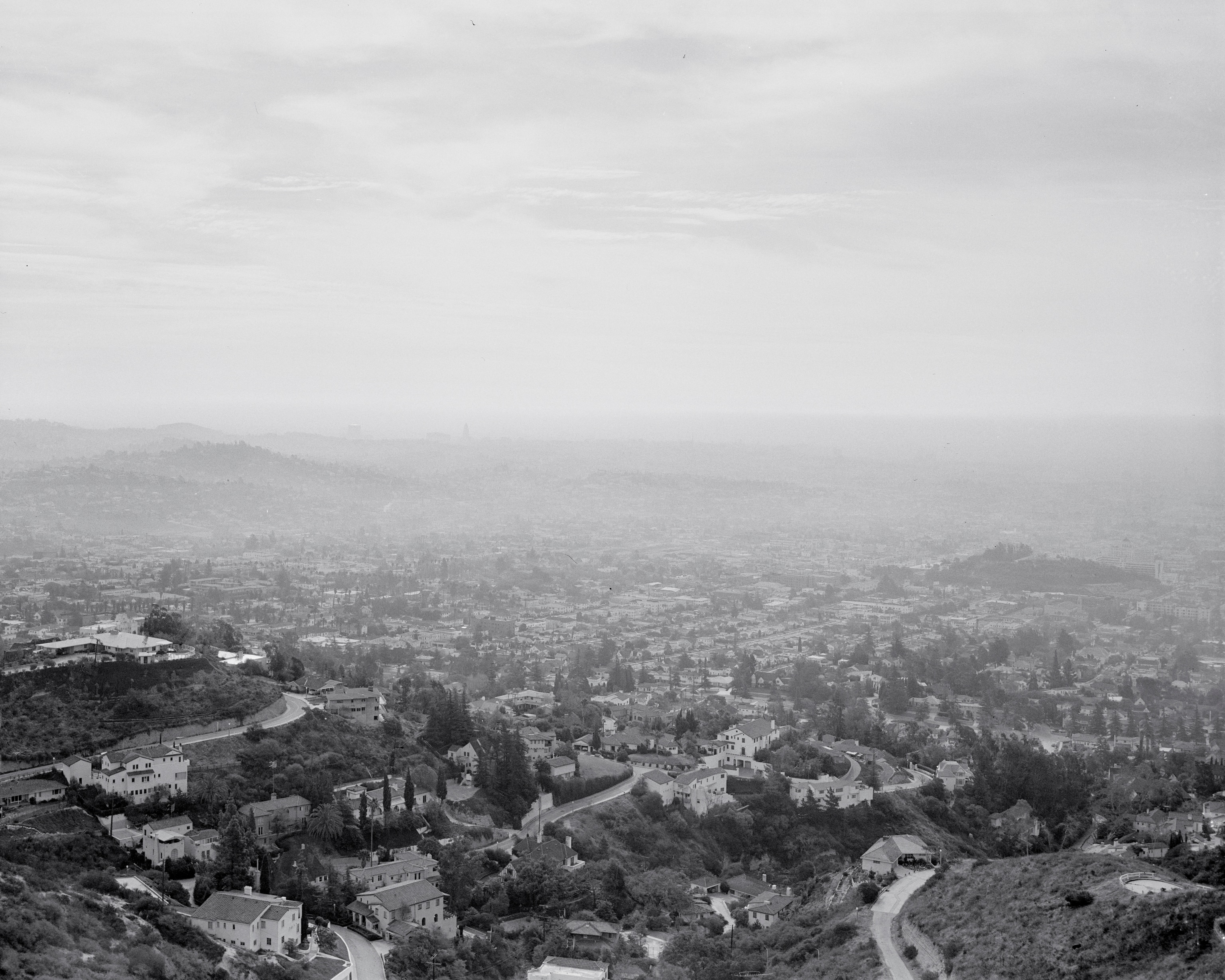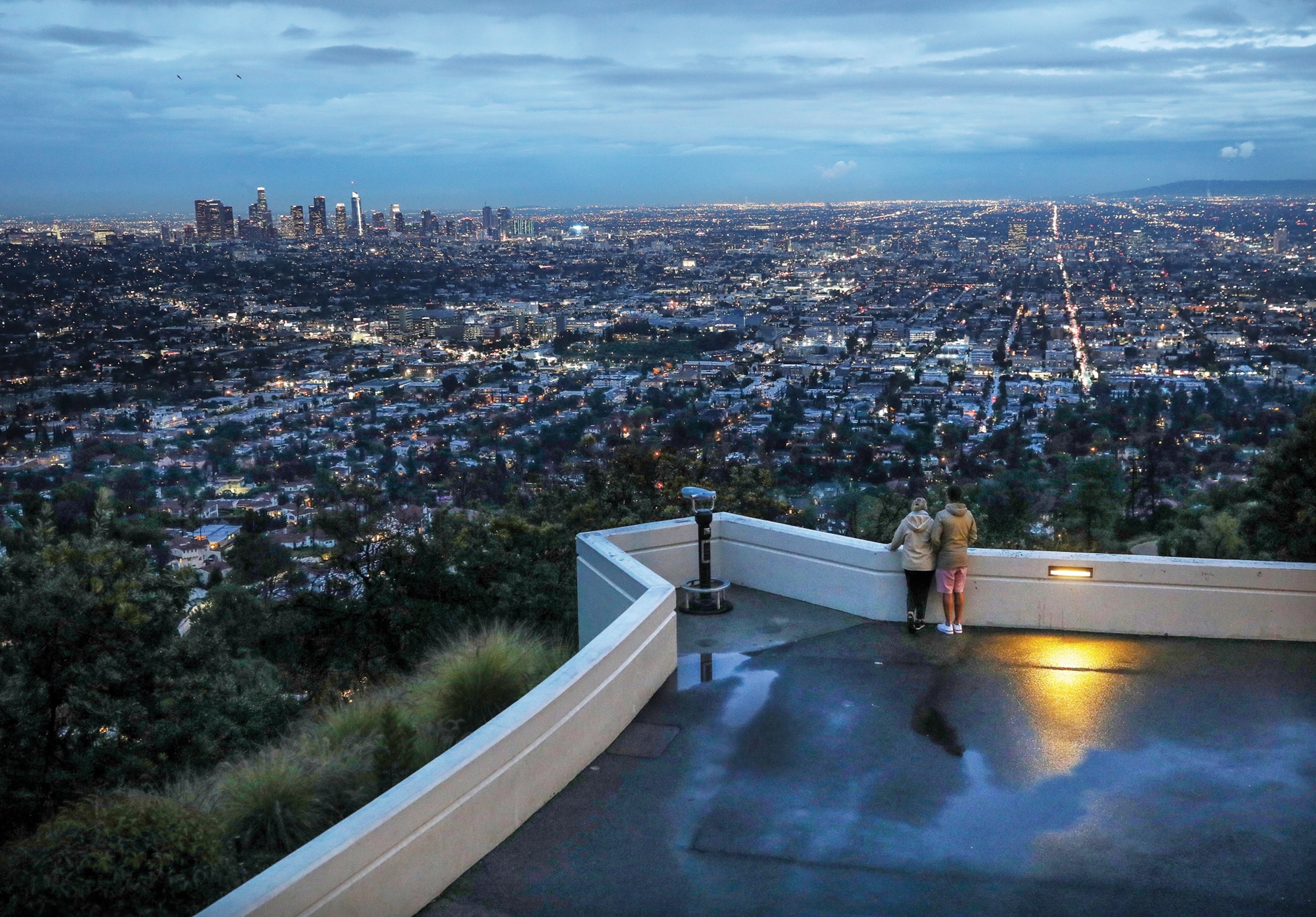What the Clean Air Act did for Los Angeles—and the country
50 years ago the landmark law followed the science to regulate air pollution. It became a model for the world.

This story appears in the April 2021 issue of National Geographic magazine.
Longtime residents of Los Angeles remember the days when the mountains around the city were all but invisible. Today they’re a central part of its craggy beauty.
It’s not just Southern California. Thanks to the Clean Air Act of 1970, air across the United States has gotten 77 percent cleaner—even as the population, the economy, and the number of cars on the road have grown. That improvement has lengthened millions of lives, saved trillions of dollars, and made the country a global air pollution success story.


The landmark law was a bipartisan achievement, winning unanimous Senate approval and passing the House of Representatives with just one “no” vote.
Its success stems from its focus on scientific evidence, accountability, and ambitious, health-based goals.
“The Clean Air Act remains the most powerful public health law enacted in the 20th century in the United States,” said Paul Billings of the American Lung Association.
(Air pollution kills millions every year, like a “pandemic in slow motion.”)
Among its provisions were a requirement that carmakers reduce tailpipe pollution by 90 percent. Today’s cars are 99 percent cleaner than pre-1970 models. And it all came at a bargain: Researchers have estimated the law’s overall benefits have been more than 40 times as great as its cost. That success is a reminder of how capable we are of cleaning up pollution, and of solving problems that seem intractable, when our political leaders are prepared to act on scientific evidence.
But it’s still a work in progress, said Mustafa Santiago Ali, a vice president of the National Wildlife Federation: “I hope we’ll come to a point in our history, sometime soon, where not only do we understand the value of [the act], but we’re willing to do the hard work of enhancing it.”
How you can help
1. Walk, bike, drive an electric car—avoid burning gasoline or diesel.
2. Avoid burning other stuff, especially in cities—wood, charcoal, leaves, trash, fireworks.
3. Protect yourself from bad air: When possible, walk and bike on roads with less traffic.
4. Support leaders who vote for clean energy and tight rules on air pollution.
Beth Gardiner is the author of Choked: Life and Breath in the Age of Air Pollution.





